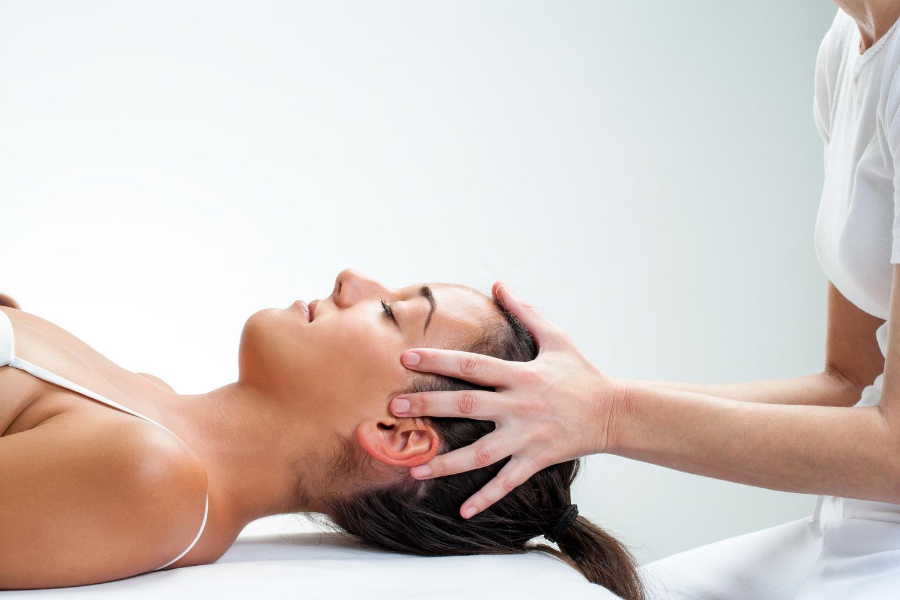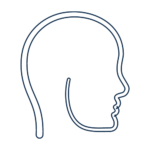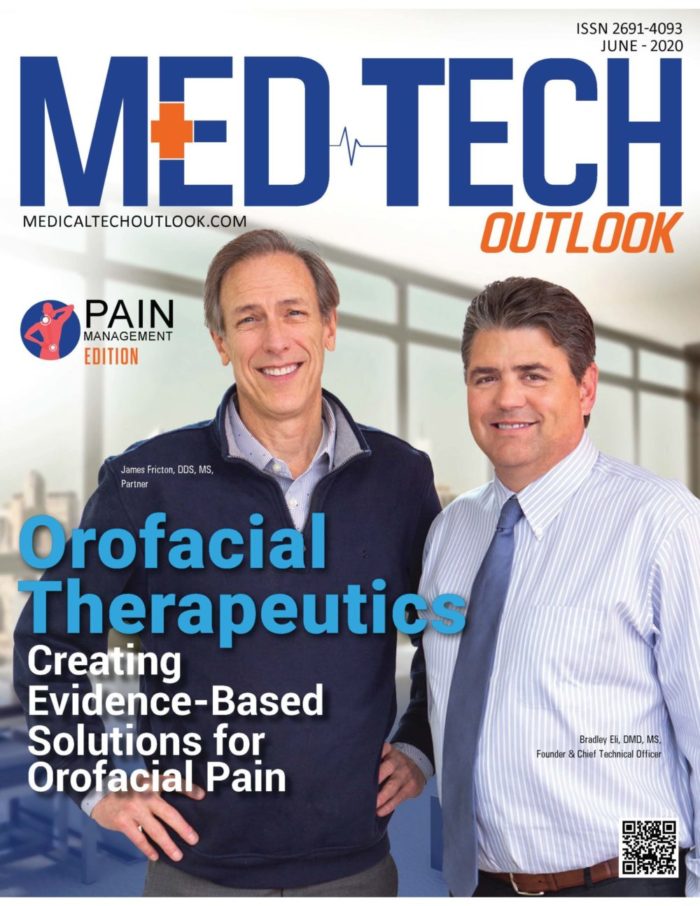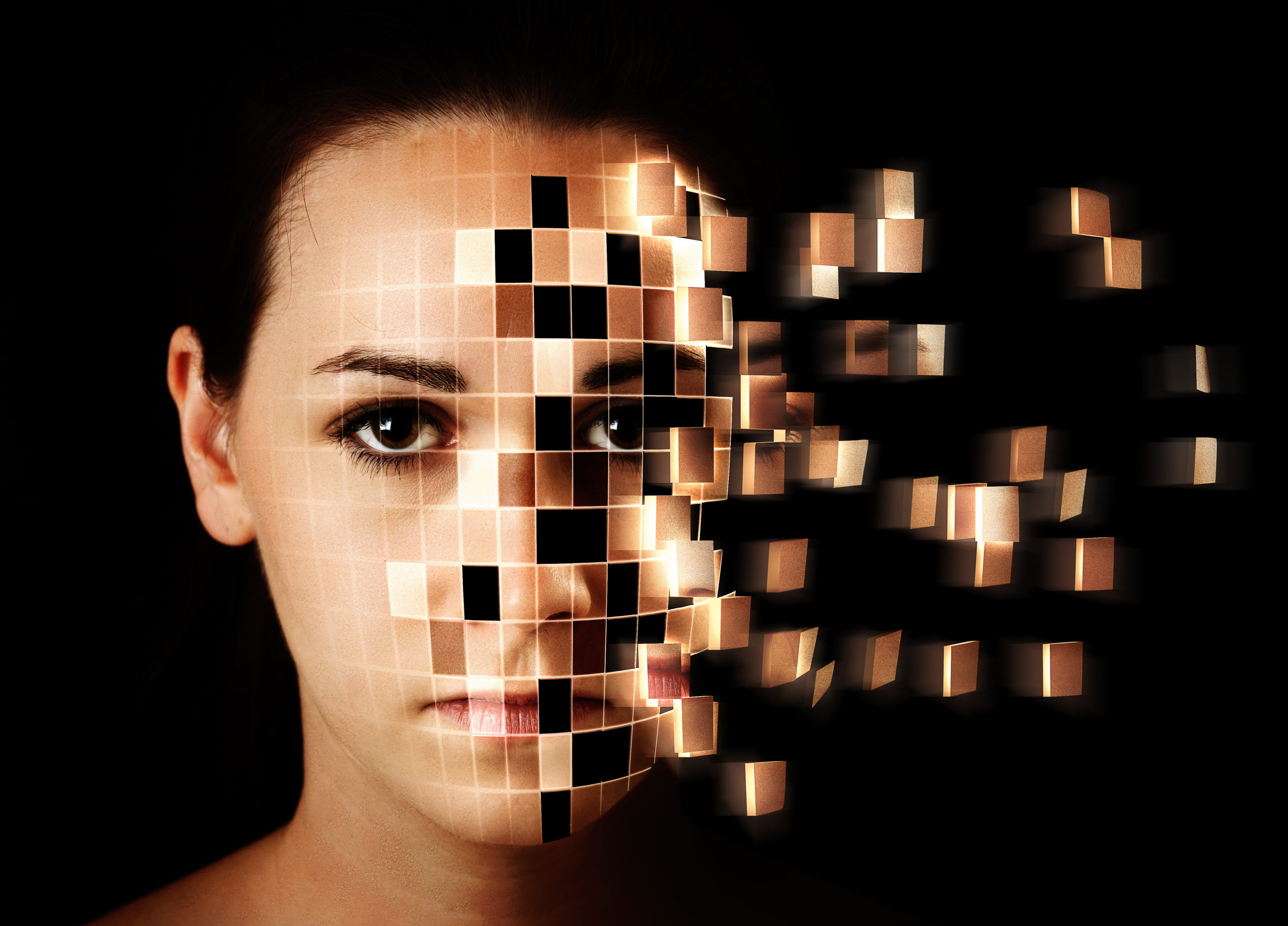Osteopathic Treatment Considerations For Head, Neck, and Facial Pain
Use of osteopathic manipulative treatment relies on precise and individualized manual therapy to maintain or restore circulation of body fluids, leading to improved mobility.
Osteopathic manipulative treatment (OMT) is a form of osteopathic medicine. According to the tenets of osteopathy, a person is a unit of mind, body, and spirit and is self-healing. Making an osteopathic diagnosis and treatment plan will utilize these tenets, including the interrelationship of structure and function, precise palpation, manual tests, and techniques to find and treat the causes of dysfunction and restore mobility to each system of the body. The field of manual medicine and manual therapy has much to offer in the treatment of head, neck, and facial pain. OMT is characterized by precise noninvasive manipulative techniques, which are individually adapted to respond to tissue quality in order to maintain or restore the circulation of body fluids.
Head, neck, and facial pain are experienced by children as well as adults and often follow a course similar to low back pain (LBP). Neck pain, in particular, is characterized by cervical muscle tenderness that presents as a common symptom of primary headache disorders.
Tension-type headache (TTH) is the most frequently experienced kind of headache that may involve tension in the head, neck, and face, among other areas.
According to the International Headache Classification Subcommittee (http://www.ihs-headache.org/ichd-guidelines) of the International Headache Society, TTHs occur in 30% to 78% of the population. TTH is associated with limited ability to function in 44% of patients, causing disability and a decreased quality of life.
Contraction of the head and neck musculature is thought to play a pathogenic role in some patients with TTH, but this has not yet been universally demonstrated. Electromyography (EMG) levels in pericranial muscles may be increased in approximately 60% of patients with TTH, but there is no correlation between EMG activity and headache severity.
It is theorized that a central sensitization, or facilitation, occurs within the central nervous system (CNS), involving increased excitability of neurons that then cause the individual to become more susceptible to headaches. This may, in turn, manifest as chronic psychological stress and fatigue, a precipitating factor in TTH.
Employing Strain-Counterstrain: Similar to the central sensitization theory is a theory that addresses how the CNS may respond to muscle strain. The osteopathic technique illustrating this theory is strain-counterstrain, developed by Lawrence Jones, DO, in the 1960s. According to Dr. Jones, a tender point is created by an inappropriate reflex from the CNS to a muscle, causing the muscle to become continually hypertonic. Using the technique of strain-counterstrain, an osteopathic physician can reset this hypersensitive loop between the CNS and a muscle.
These strain- counterstrain points are found in all regions of the body and can play a crucial role in eliminating head, neck, and facial pain.
Head, neck, and facial pain may also arise from bony structures in the soft tissue of the neck. This is commonly referred to as a cervicogenic headache. The pain of a cervicogenic headache is likely referred from muscular, neurogenic, osseous, articular, or vascular structures of the neck.
Neck pain and muscle tension are also common symptoms of a migraine attack. Recurrent, unilateral neck pain without a headache has also been reported as a variant form of migraine. Taking a careful patient history in cases of recurrent neck pain may uncover that previously overlooked symptoms were either similar or identical to symptoms associated with migraine. Differences in neck posture, increased sensitivity to palpation and/or muscular tenderness, and the presence of myofascial trigger points may be observed in subjects with migraine, TTH, or a combination of both.
Neck pain is as ubiquitous as abdominal or back pain and often follows an episodic course similar to LBP.
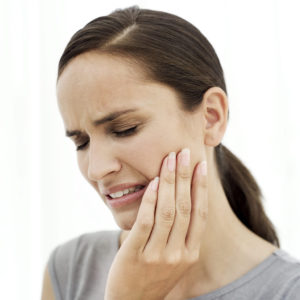
One in 6 patients visiting the dentist has had a history of orofacial pain during the previous year.
Pain in the muscles of mastication and temporomandibular joints is reported as often as pain from teeth and gums. Pain in the orofacial region affects 16% to 27% of the population in the United States and costs more than $32 billion annually.
Pain is a common occurrence after tooth extraction, and it is usually localized to the extraction site. However, clinical experience shows that patients may also have pain in the head and neck in the weeks following the procedure.
Franke and colleagues stated, “OMT improved pain in chronic nonspecific neck pain in a clinically meaningful way.” In a different research study regarding OMT and TTH, the following conclusion was reached: the people in the study who did relaxation exercises and received OMT had significantly better results (days per week without headache) than those who only participated in relaxation exercises. Additional published studies continue to describe the benefit of OMT in the treatment of head, neck, and facial pain.

Manual manipulation is one of the most effective methods for reducing pain.
Campa-Moran et al studied the efficacy of treatments for myofascial neck pain and concluded that OMT is most effective in reduction of pain, reduction of mechanical hyperalgesia, and improvement of range of motion (ROM). Biondi suggested that OMT is well suited for management of cervicogenic headache and best tolerated when initiated with gentle muscle stretching and manual cervical traction. With OMT for migraine headaches, numerous studies have illustrated not only efficacy but also cost savings and an increase in the quality of life for patients undergoing osteopathic treatment. Adragna and colleagues concluded that OMT has had a positive effect on pain reduction and quality- of-life improvement in patients with migraine without aura.
Cerritelli et al demonstrated that OMT should be considered an effective procedure in the management of patients with migraine. Schabert and Crow concluded that the inclusion of OMT in a treatment regimen for patients with migraine headaches resulted in lower average medication costs per visit when compared with migraine treatment without OMT. Voight et al showed that OMT treatment can offer decreased pain intensity, as well as a reduction in the number of days with migraine in female patients with migraine headaches.

The ultimate goal of Osteopathy is improved quality of life.
The consequences of untreated head, neck, and facial pain range from a lower quality of life to a healthcare burden for avoidable treatment. Adopting OMT as a more mainstream approach to treatment and prevention of these issues could help create healthier and more productive communities. There is evidence supporting osteopathic modalities that can be used to address pain, including soft tissue kneading and stretching, myofascial release, muscle energy, strain-counterstrain, lymphatic pumps, and cranial osteopathy, among others.
